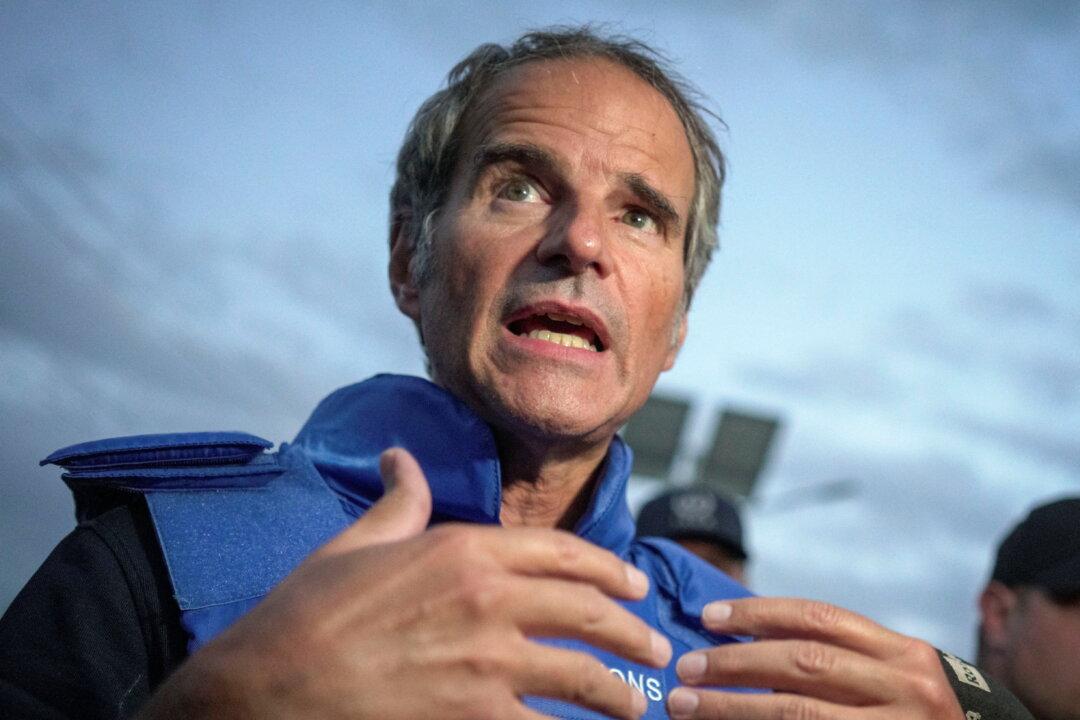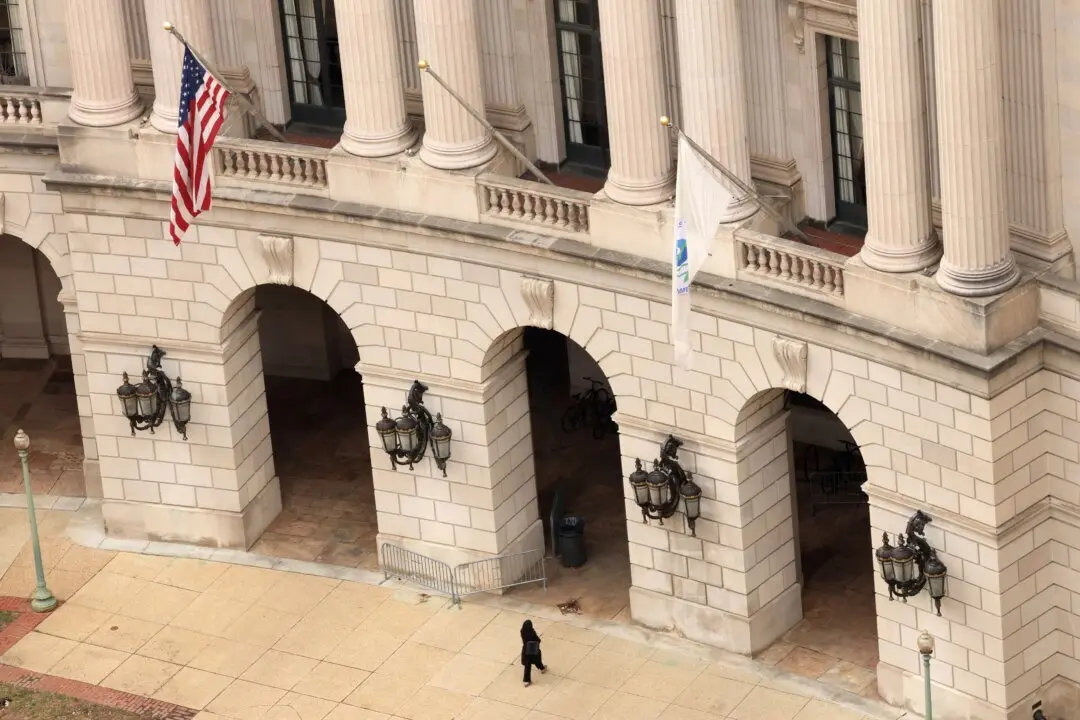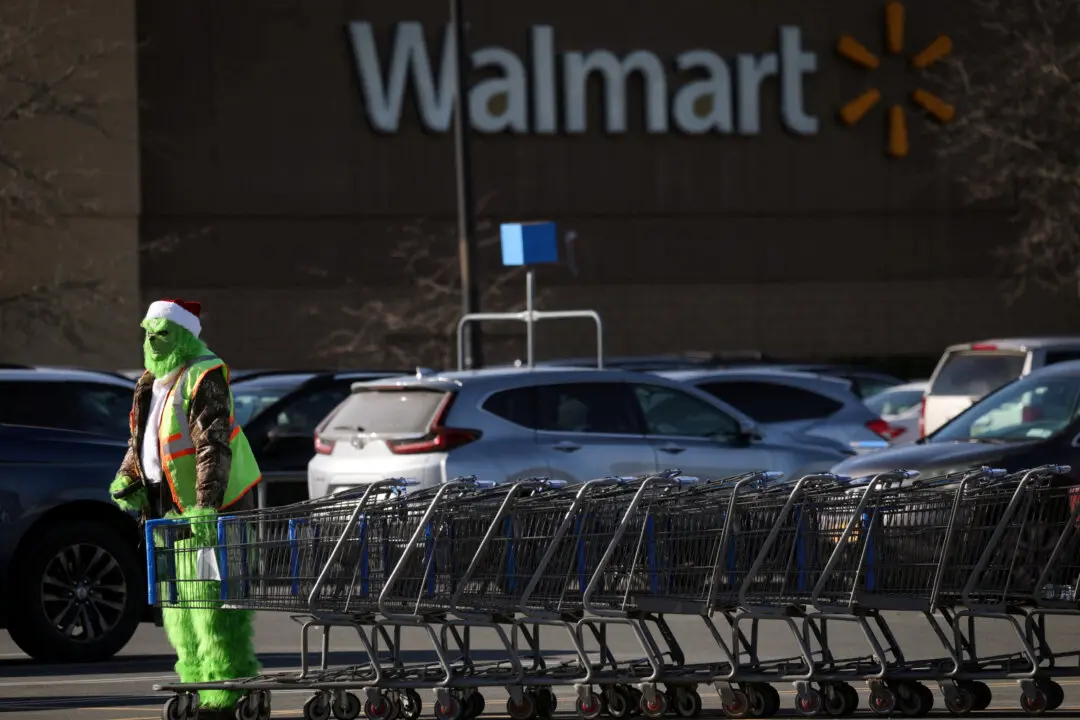ZAPORIZHZHIA, Ukraine—Ukraine and Russia traded accusations over each others’ actions around the Zaporizhzhia nuclear power plant on Friday as a team of inspectors from the UN nuclear watchdog tried to check the safety of the facility and avert a potential disaster.
Ukraine’s state nuclear company said the International Atomic Energy Agency (IAEA) mission had not been allowed to enter the plant’s crisis center, where Ukraine says Russian troops are stationed, and would struggle to make an impartial assessment.





